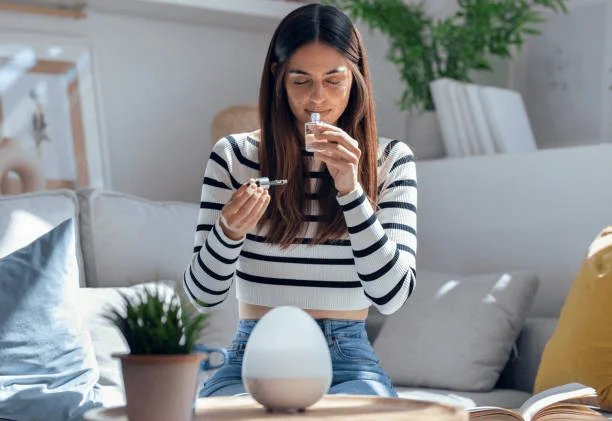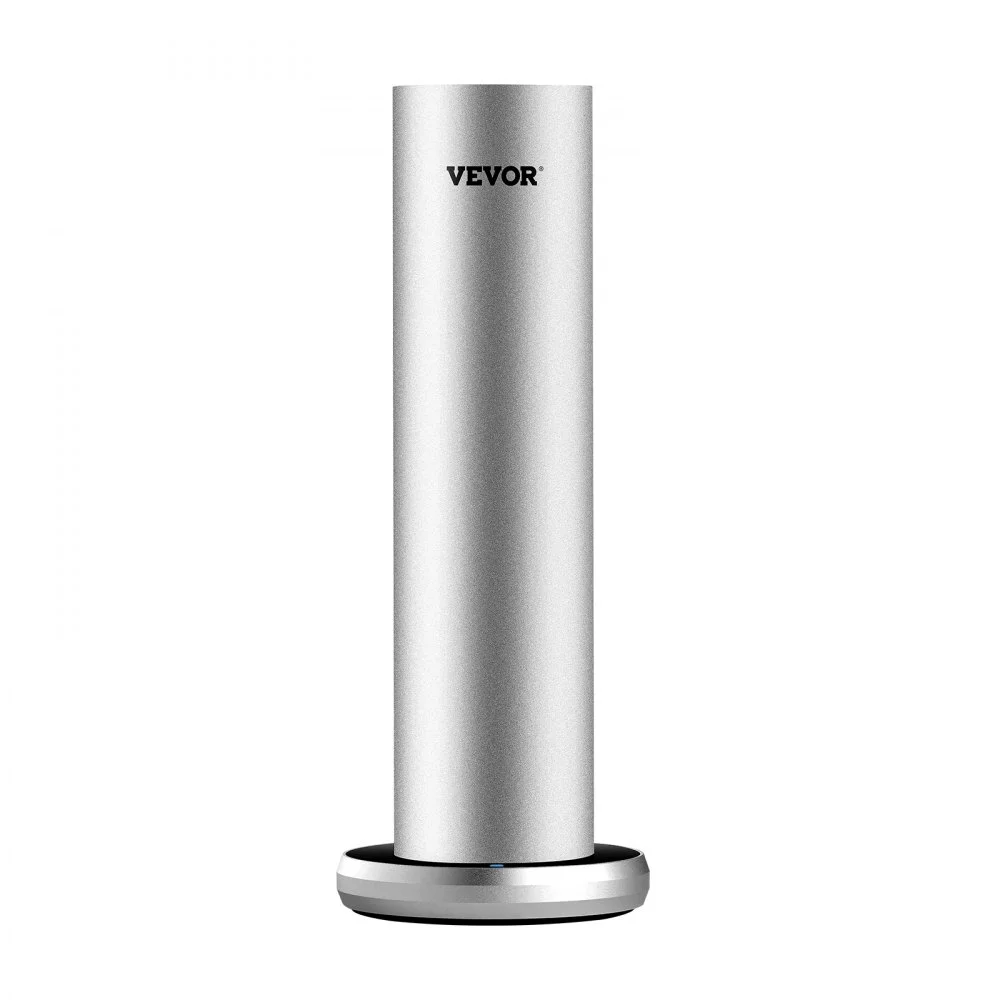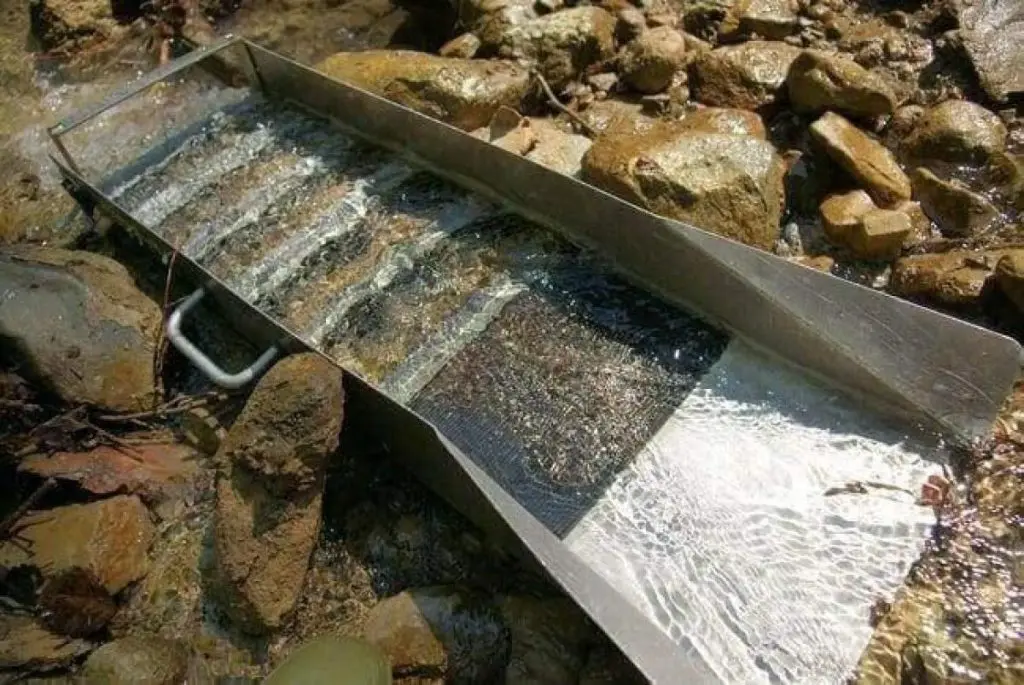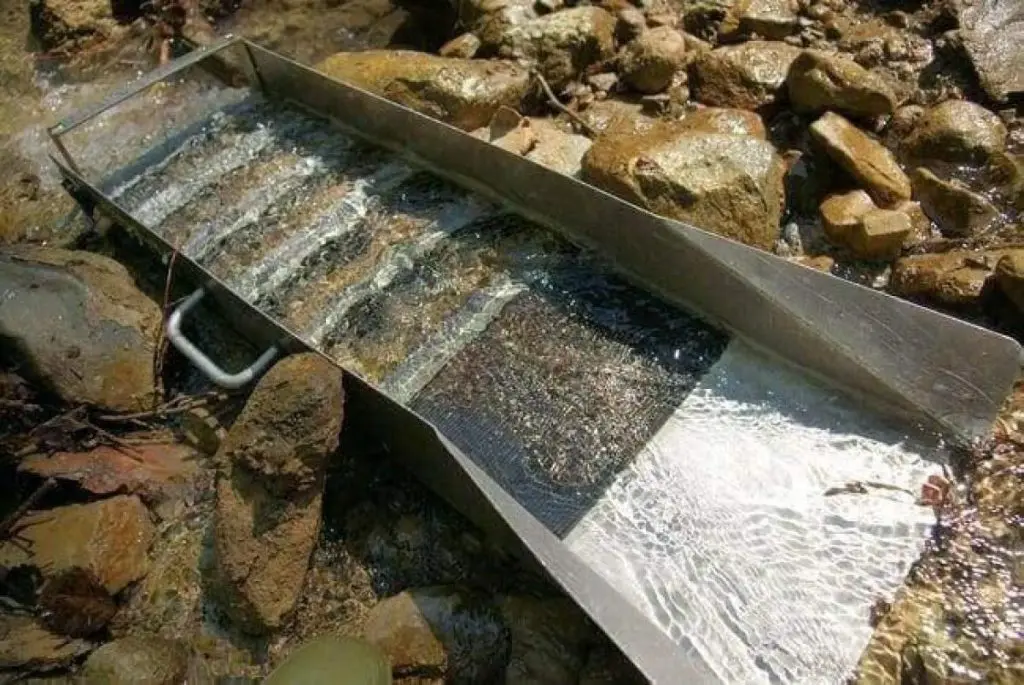Blending essential oils is a creative practice that is popular for its appeal to the sense of smell. By design, smells can be attached to so many phenomena, be it memory, emotions, people, or even places. Think of it as a way to leave your personal touch in a room so people can feel your aura even when you’re not physically present.
There are dozens of essential oil blends on the scene, from oils mixed to make you feel a sense of peace to oils made to help you focus. There are even energetic oil blends for your lazy days, and oils that can even help strengthen your immune system all year round. Essential oils are indeed multifaceted.
However, essential oils can’t perform all these functions without the aid of an efficient diffuser. The VEVOR Aroma Diffusers boast high-quality cold air diffusion technology, a Bluetooth-powered control system for ease of use, an adjustable mist and scent concentration setting, and noiseless operation for any time of the day.
This guide is your best bet to learn all there is to know about how to blend essential oils for different scenes. It also includes simple recipes that will inspire you to make DIY diffuser blends and how to diffuse your essential oils with the best diffuser in town.
Table of contents
The Chemistry of Blending Essential Oils
Also known as aromatherapy, the concept of blending oils is an all-natural approach that mixes oils extracted from plants to relieve the mind and body. The aromas from blending essential oils can ease pain, soothe sore muscles, and help you experience better sleep.
Over the years, experts skilled in aromatherapy have emerged with already packaged blended oils. Now, the process is more fun and personalized with lots of DIY essential oil recipes you can make in the comfort of your home simply by purchasing a few in the store.
These oils are indeed life-changing, and learning how to blend essential oils will help you unlock their enduring potential. Read on for a detailed essential oils guide chart.
The Ultimate Three Approaches to Blending Essential Oils
By ineptly understanding the three basic ways of how to blend aromatherapy oils, you can begin to mix oils with a renewed confidence that they’ll produce impressive results for your essential oil diffusers.
Blending by Effect
A great way to start your DIY essential oil blends is to consider each oil’s purpose and its possible impact on your mood. Every essential oil has specific properties that are usually referred to as therapeutic benefits. When you mix them with other essential oils, they can work together to boost their original properties or produce another equally beneficial result.
Check out the effects of some oils below.
| Effect | Essential Oils |
| Anti-Allergies | Peppermint, Frankincense |
| Sleep | Chamomile, Lavender |
| Focus | Cedarwood, Ylang Ylang |
| Energy | Sweet Orange, Cinnamon |
| Healing | Clove, Rosemary |
Blending By Fragrance
Just like perfumes, essential oils can also be grouped according to their scents to create a well-balanced outcome. The most common fragrance groups essential oils come in are Woody, Spicy, Herbal, Floral, and Citrusy.
While it’s popularly believed that oils from the same group work well together, you can still take the risk of combining different fragrances that are also somewhat complimentary. Check out this table for better understanding.
| Fragrance | Example | Complementary Scents |
| Floral | Lavender, Ylang Ylang, Rose | Citrusy, Woody |
| Herbal | Thyme, Safe, Eucalyptus, Rosemary | Spicy, Citrusy |
| Citrus | Citronella, Sweet Orange, Bergamot, Lemon | Woody, Floral, Herbal |
| Spicy | Peppermint, Clove, Nutmeg | Floral, Citrus |
| Woody | Vetiver, Sandalwood, Cedarwood, Patchouli | Floral, Citrusy. |
Blending by Notes
The final approach to blending essential oils is to mix along the lines of aromas or notes. In aromatherapy, scents are categorized into three categories per note: top notes, middle notes, and base notes.
The top note of any fragrance is the one that hits your nose first. It has sharp notes and disappears at almost the same speed. It’s the most fragile of the three but strong enough to leave that first impression. A good example of a top-note essential oil is Lemon oil.
The middle note is tagged as the body or the heart of a fragrance, and the aroma here can last longer than the top note. If your essential oil is a middle note, you can get a decent 2-3 hours on it when you test it out on a perfume strip.
The base note is the strongest and richest of the three, with the most projections ranging from 3 hours to a whole day after application. The base note, also called the dry out note, helps you determine just how long your essential oil blend will last in a space.
Don’t know what base notes are? scents like Vertiver, Cypress, Pine Needle, and Frankincense are excellent examples. You can easily smell them in your mix, and going in excessively will surely overpower your blend, so keep it light-handed.
Here’s a quick illustration for you.
| Top Notes | Middle Notes | Base Notes |
| Lemon | Lavender | Sandalwood |
| Sage | Tea Tree | Black Pepper |
| Bergamot | Nutmeg | Frankincense |
| Grapefruit | Rosemary | Vetiver |
| Basil | Geranium | Patchouli |
Dotting The I’s and Crossing The T’s of How to Blend Essential Oils
Anyone blending essential oils must ask critical questions to help them achieve a quality outcome that reverberates across the room. Once you’ve successfully answered the questions below, you can get to work.
- Purpose
You must ascertain how you want to use the blend, whether for diffusing, skincare, health, or cleaning. Once you’ve identified the “how,” you can now try to determine the effect you want your aromatherapy oil blend recipes to have on you and everyone who enters your space.
- Effect
Do you want your essential oil blends to relax you, fix your sleeping problems, energize you, help you focus, or boost your immune system?
- Location
Where do you want to use your essential oils blend? Is it in your home, office, spa for commercial purposes, art gallery, or bedroom?
- Preference
Essential oils have different scents, from floral, earthy, woody, minty, and even spicy. Prioritize your preferences so you can begin to make essential oil mixes for diffuser.
The Basics of Formulating the Perfect Blend
Make your own aromatherapy oils in 4 simple steps. Let’s go!
- Get Your Tools
Success meets preparation. Ensure you get all your tools ready, like your selected essential oils, gloves to limit contact with your skin, dropper or reducer caps to control your oil drops, blending bottles strong enough to withstand the strong oils. Cotton balls for sniff tests, pens, notes to keep measurements and towels to clean spillage.
- Decide on the Amount Of Drops to Use
For this one, you follow our 30/50/20 rule for a starter. Then, you can test your result on a cotton ball to determine the efficacy and strength of your aromas. After this, you decide whether to add new oils or increase the drops for whichever note is lacking.
Don’t be afraid to experiment a little
- Test the blend
Here, your nose is your biggest accomplice, and you must trust your gut. Give your essential oil blend a thorough sniff to check the balance, but do not linger when doing a sniff test because smells are highly susceptible to weather elements and may change over time.
- Storage and Tagging
Always store your blended oils in a dark bottle to preserve their potency and prevent heat from penetrating. Store them in a cool place and tag them appropriately for quick identification. Remember that not all essential oils are great for consumption or application directly on the skin.
Creating Your Essential Oil Blends

Here are 5 DIY essential oil recipes you can replicate or use as inspiration to make your own aromatherapy oils. In addition to their delicious scents, the essential oils in each category have one or more properties that all work towards a specific function.
- Relax and Unwind (Destress Blends)
- 2 drops Frankincense Oil
- 5 drops of Lavender Oil
- 3 drops Sweet Orange Oil
- Burst of Energy (Energy Blends)
- 1 drop of Sandalwood Oil
- 3 drops of Geranium Oil
- 2 drops Peppermint Oil
- Oh, What A Feeling! (Mood Booster Blends)
- 2 drops Patchouli Oil
- 5 drops Cinnamon Oil
- 3 drops Bergamot Oil
- Go Getter (Focus Blends)
- 1 drop Cedarwood Oil
- 5 drops of Lavender Oil
- 4 drops of Grapefruit Oil
- Sweet Lullaby (Sleep Blends)
- 2 drops Vetiver
- 4 drops Oregano
- 4 drops Basil Oil
Mix and Match Oils Like A Pro: Safety Guidelines and Blending Rules
The following tips will finetune your blending process. Always remember that you don’t need to dilute your oil when making essential oil mixes for diffusers.
- The 30/50/20 Rule
The 30/50/20 rule refers to the acceptable amount of each note when blending. It’s essential for a beginner to follow this method to prevent a poorly mixed fragrance and an unpleasant end result. It goes like this – 30% top notes approximately 3 drops, 50% middle notes approximately 5 drops, and 20% base notes approximately 2 drops.
For a clearer illustration, you can use 3 drops of Sweet Orange Oil, 5 drops of Lavender Oil, and 2 drops of Cedarwood Oil.
- The Rest Period
Give your essential oil mixes for the diffuser at least 24-48 hours of rest to allow them to harmonize properly and give a balanced smell when added inside your diffuser.
- Areas To Avoid
While essential oils are pleasing to the nose, they can also cause severe irritation and discomfort when they come in contact with the skin and eyes. Wear protective gear when mixing your oils to limit the risk of accidents.
VEVOR Diffuser Range: Showcasing The Beauty Of Blends

You can diffuse the right and smart way with VEVOR Aroma Diffusers, which are made in different sizes to serve you indoors and outdoors. All you need to do is press a button from your phone powered by intuitive Bluetooth technology to help you set a timer, turn it on and off, and adjust the scent concentration up to 21 levels.
VEVOR Diffusers use cold air diffusion technology to swiftly atomize your aromatherapy oil blend recipes into nanoparticles while maintaining a prudent oil consumption rate. This enhances your aromatic experience and saves you coins. Pocket-friendly, smart, and efficient, VEVOR Scent Machines truly have it all.
The VEVOR Scent Air Machine 480ml also comes with the extra feature of the dual power option, which lets users choose between powering their diffuser with batteries or connecting to a power adapter. So, whether you decide to use it as a free-standing item anywhere in the home or mount it on the wall, you never have to worry about how to keep it on.
Since the machine doesn’t use water or alcohol for diffusion, cleaning is pretty easy; just use dry fiber fabric to wipe down the exterior to eliminate loose particles and dust that can clog the release outlet.
Conclusion
Blending essential oils and the art of aromatherapy is an eye-opening activity that introduces you to harnessing the gift of nature for physical, spiritual, and health benefits; thus, it’s important that you go into it fully equipped so you can enjoy bringing your thoughts to life through scents.
The right essential oil blend can improve your sleep, promote good health, control your seasonal allergies, elevate your mood, and keep your home smelling fresh around the clock.
VEVOR Diffuser range helps promote healthy aromatherapy habits through its unique features that control your blend’s intensity. It can adjust the mist release ensured by cold air diffusion technology, monitor oil usage, and use smart Bluetooth technology to ensure your diffuser operates according to the schedule even after disconnection.
So whether you’re having a warm bath or settling in for a good read after dinner. The VEVOR Diffuser will ensure that you stay focused and relaxed with its dual power option and solid design as a free-standing or wall-mounted item.Don’t wait one more minute; get one or more models from the VEVOR Scent Machine catalog today to put your DIY diffuser blends to the ultimate test, upgrade your home ambiance, and stay fresh all year!





